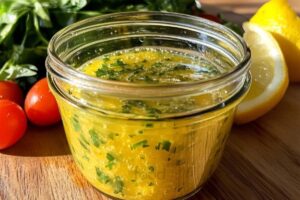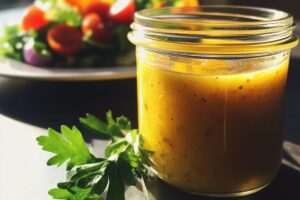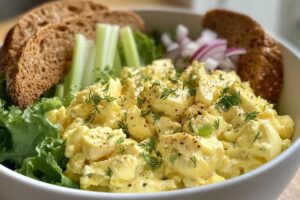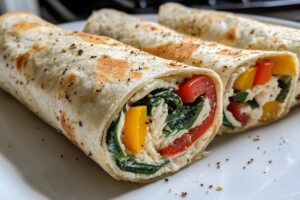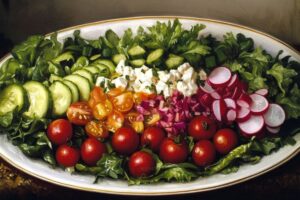Homemade Mayonnaise
What is Homemade Mayonnaise?
Homemade mayonnaise is a creamy condiment made from simple ingredients. It’s a mixture of egg, oil, and acid, usually vinegar or lemon juice. This delightful spread is known for its smooth texture and rich flavor. Unlike store-bought versions, homemade mayonnaise is fresh and free from preservatives. You can easily whip it up in just a few minutes, making it a perfect addition to sandwiches, salads, and dips.
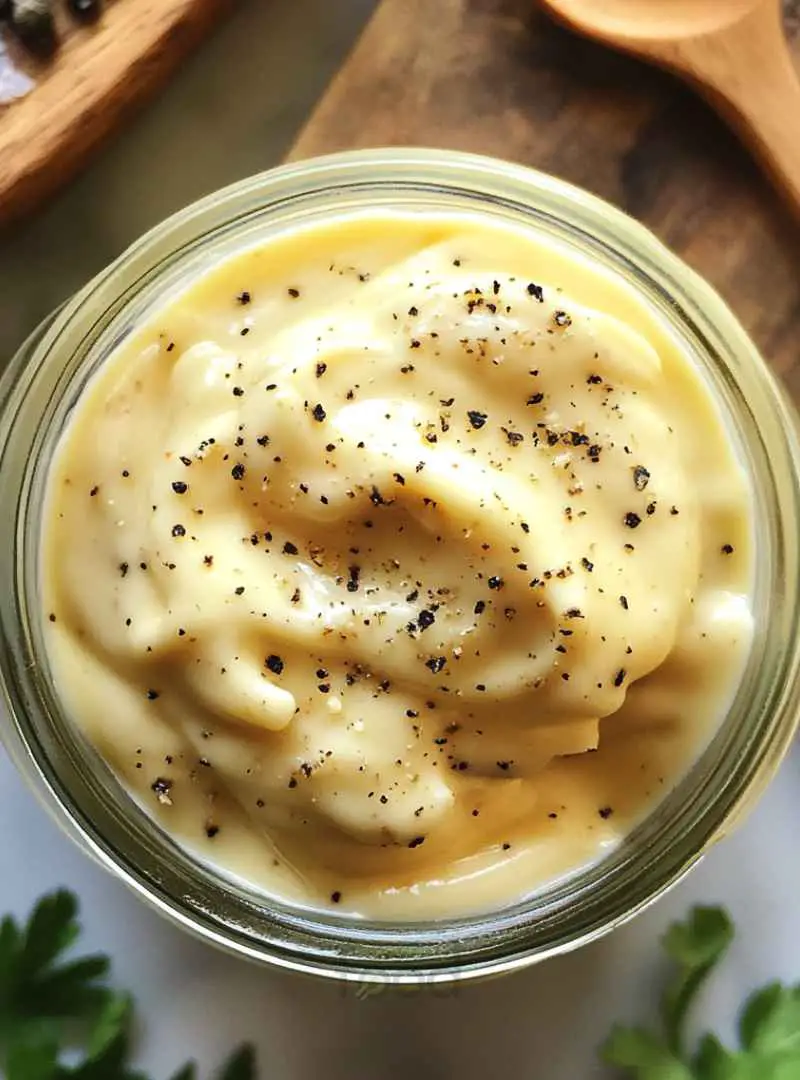
Why Make Homemade Mayonnaise?
There are many reasons to make homemade mayonnaise. First, it allows you to control the ingredients. You can choose high-quality oils and fresh eggs, ensuring a healthier option. Additionally, homemade mayonnaise tastes better than the store-bought kind. It’s creamier and has a more vibrant flavor. Plus, you can customize it to your liking by adding herbs, spices, or other flavorings. Making mayonnaise at home is not only fun but also a great way to impress your family and friends with your culinary skills!
Ingredients for Homemade Mayonnaise
Essential Ingredients for Homemade Mayonnaise
To create the perfect homemade mayonnaise, you need a few essential ingredients. These ingredients work together to give your mayonnaise its creamy texture and delicious taste. Here’s what you’ll need:
- 1 large egg: Make sure it’s at room temperature. This helps with emulsification.
- 1 tablespoon Dijon mustard: This adds a nice tang and helps stabilize the mixture.
- 1 tablespoon white wine vinegar or lemon juice: This provides acidity, balancing the richness of the oil.
- 1 cup neutral oil: Canola or vegetable oil works best. It has a mild flavor that won’t overpower the mayonnaise.
- Salt and freshly ground black pepper: These are for seasoning, enhancing the overall flavor.
These ingredients are simple yet effective. They come together to create a smooth and creamy condiment that you can enjoy in various dishes.
Optional Ingredients to Enhance Flavor
If you want to take your homemade mayonnaise to the next level, consider adding some optional ingredients. These can add unique flavors and make your mayonnaise even more exciting:
- Garlic: A clove of minced garlic can give your mayonnaise a delicious garlic aioli twist.
- Herbs: Fresh herbs like dill, basil, or parsley can add a burst of freshness.
- Spices: A pinch of paprika or cayenne pepper can add a hint of heat.
- Honey or sugar: A touch of sweetness can balance the acidity, especially if you use lemon juice.
Feel free to experiment with these optional ingredients. They can help you create a mayonnaise that perfectly suits your taste buds!
Step-by-Step Preparation of Homemade Mayonnaise
Step 1: Prepare the Base for Homemade Mayonnaise
To start making your homemade mayonnaise, you need to prepare the base. First, gather your ingredients. In a tall, narrow container, add the large egg, Dijon mustard, and your choice of white wine vinegar or lemon juice. It’s important that the egg is at room temperature. This helps the ingredients blend better and creates a smoother texture. Make sure everything is ready before you begin blending!
Step 2: Blend the Mayonnaise
Now it’s time to blend! Insert your immersion blender into the container with the ingredients. Blend them together for about 10 seconds until they are well mixed. Next, slowly drizzle in the neutral oil while continuing to blend. Start with a very thin stream of oil. As the mixture begins to emulsify and thicken, you can gradually increase the flow. This blending process should take about 1-2 minutes. You’ll notice the mayonnaise becoming creamy and thick. It’s a magical transformation!
Step 3: Season and Store Your Homemade Mayonnaise
Once your mayonnaise has reached the desired thickness, it’s time to season it. Taste your creation and add salt and freshly ground black pepper to enhance the flavor. Blend briefly to mix in the seasoning. After that, transfer your homemade mayonnaise to a clean jar with a lid. Store it in the refrigerator, where it can last for up to one week. Enjoy your fresh and creamy condiment in various dishes!
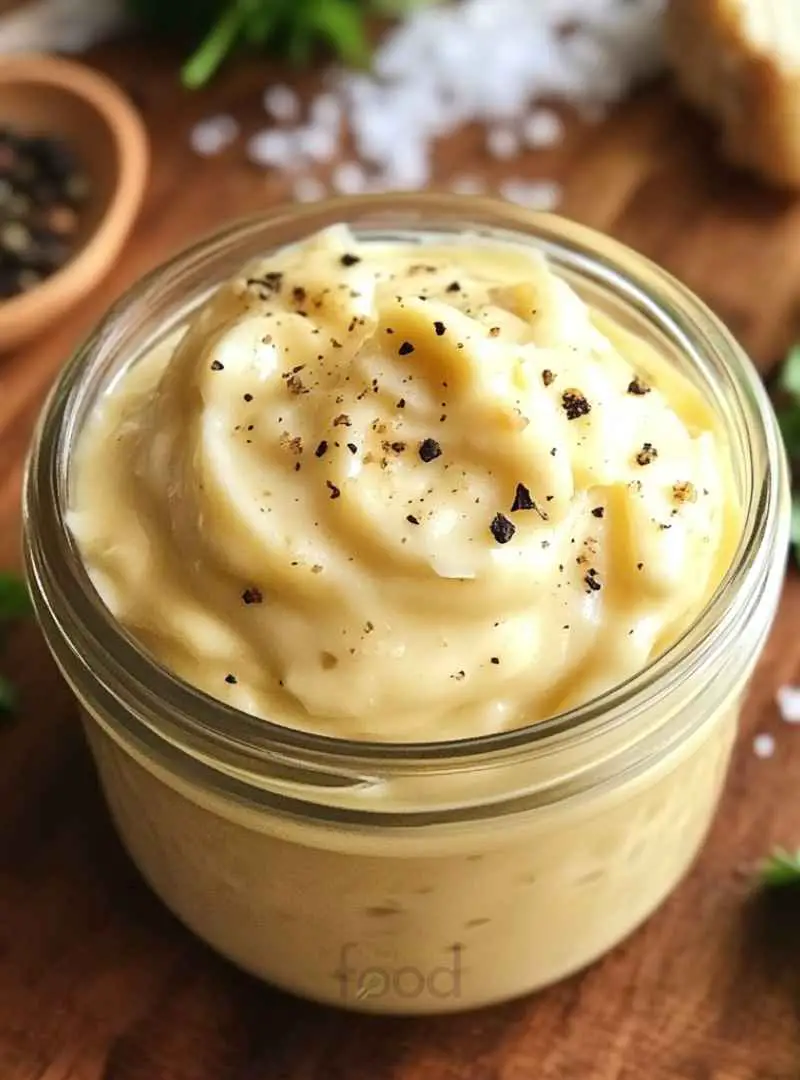
Variations of Homemade Mayonnaise
Flavored Homemade Mayonnaise Options
Once you master the basic recipe for homemade mayonnaise, the fun really begins! You can easily create flavored variations to suit your taste. Here are some delightful options to consider:
- Chipotle Mayonnaise: Add a tablespoon of chipotle in adobo sauce for a smoky kick. This is perfect for tacos or as a dip for fries.
- Herbed Mayonnaise: Mix in finely chopped fresh herbs like chives, tarragon, or cilantro. This adds a fresh and vibrant flavor, making it great for sandwiches or salads.
- Spicy Sriracha Mayonnaise: Stir in a teaspoon or more of Sriracha sauce for a spicy twist. This is fantastic on burgers or as a dipping sauce for shrimp.
- Lemon Garlic Mayonnaise: Combine minced garlic and extra lemon juice for a zesty garlic mayo. It pairs well with grilled vegetables or seafood.
These flavored variations can elevate your dishes and impress your guests. Feel free to experiment with different ingredients to find your favorite combination!
Vegan Alternatives to Homemade Mayonnaise
If you’re looking for a vegan option, you can still enjoy homemade mayonnaise! Here’s a simple recipe using aquafaba, the liquid from canned chickpeas:
- 1/4 cup aquafaba: This acts as the egg substitute, providing the necessary emulsification.
- 1 tablespoon Dijon mustard: For flavor and stability.
- 1 tablespoon lemon juice or vinegar: To add acidity.
- 1 cup neutral oil: Just like the traditional recipe.
- Salt and pepper: To taste.
To prepare, simply blend the aquafaba, mustard, and lemon juice together. Then, slowly drizzle in the oil while blending until it thickens. Season to taste, and you have a delicious vegan mayonnaise! This version is just as creamy and versatile as the original.
Cooking Note for Homemade Mayonnaise
Tips for Achieving the Perfect Emulsion
Creating the perfect emulsion is key to making homemade mayonnaise. An emulsion is when two liquids that usually don’t mix, like oil and water, come together to form a smooth mixture. Here are some helpful tips to ensure your mayonnaise turns out perfectly every time:
- Use Room Temperature Ingredients: Make sure your egg and other ingredients are at room temperature. This helps them blend better and creates a smoother texture.
- Start Slow: When adding the oil, start with a very thin stream. This allows the oil to incorporate gradually, which is crucial for emulsification.
- Keep Blending: Don’t stop blending until the mayonnaise thickens. If you stop too soon, the mixture may separate.
- Choose the Right Container: A tall, narrow container works best for immersion blending. It helps keep the ingredients together and promotes better mixing.
- Adjust Consistency: If your mayonnaise is too thick, you can add a teaspoon of water or lemon juice to loosen it up. Blend again to combine.
By following these tips, you’ll be well on your way to mastering the art of homemade mayonnaise. Enjoy the creamy goodness in your favorite dishes!
Serving Suggestions for Homemade Mayonnaise
Pairing Homemade Mayonnaise with Dishes
Homemade mayonnaise is a versatile condiment that can enhance many dishes. Its creamy texture and rich flavor make it a perfect addition to various meals. Here are some delicious pairings to consider:
- Sandwiches: Spread homemade mayonnaise on your favorite bread for a tasty sandwich. It pairs well with turkey, chicken, or veggie sandwiches, adding moisture and flavor.
- Salads: Use mayonnaise as a base for creamy dressings. Mix it with herbs and spices to create a delicious dressing for potato salad, coleslaw, or pasta salad.
- Wraps: Add a layer of homemade mayonnaise to wraps for extra creaminess. It complements grilled chicken, fresh veggies, and even hummus.
- Deviled Eggs: Incorporate homemade mayonnaise into your deviled egg filling. It adds a rich texture and enhances the overall flavor.
These pairings showcase how homemade mayonnaise can elevate your meals. Feel free to get creative and experiment with different combinations!
Creative Uses for Homemade Mayonnaise
Beyond traditional uses, homemade mayonnaise can be a secret ingredient in many recipes. Here are some creative ways to use it:
- As a Dip: Mix homemade mayonnaise with herbs or spices to create a delicious dip for vegetables, chips, or crackers. It’s perfect for parties!
- In Baking: Use mayonnaise in baked goods like cakes or muffins. It adds moisture and richness, making your treats extra delicious.
- For Grilling: Brush homemade mayonnaise on grilled meats or vegetables. It helps keep them moist and adds a lovely flavor.
- In Sauces: Combine mayonnaise with ketchup or mustard to create a tasty sauce for burgers or fries. This simple mix can elevate your meal!
These creative uses highlight the versatility of homemade mayonnaise. It’s not just a condiment; it’s a fantastic ingredient that can enhance your cooking in many ways!
Tips for Making the Best Homemade Mayonnaise
Common Mistakes to Avoid
Making homemade mayonnaise can be a fun and rewarding experience. However, there are some common mistakes that can lead to less-than-perfect results. Here are a few pitfalls to watch out for:
- Using Cold Ingredients: One of the biggest mistakes is using cold eggs or oil. Always ensure your egg is at room temperature. This helps the ingredients blend smoothly and creates a better emulsion.
- Adding Oil Too Quickly: If you pour in the oil too fast, the mixture may not emulsify properly. Start with a very thin stream and gradually increase the flow as it thickens.
- Not Blending Long Enough: Stopping the blending process too soon can result in a runny mayonnaise. Keep blending until you achieve a thick and creamy consistency.
- Ignoring Seasoning: Failing to season your mayonnaise can lead to bland results. Always taste and adjust the salt and pepper to enhance the flavor.
- Using the Wrong Container: A wide container can make it difficult to emulsify the ingredients. Use a tall, narrow container for the best results.
By avoiding these common mistakes, you’ll be on your way to creating the best homemade mayonnaise every time!
Storage Tips for Homemade Mayonnaise
Proper storage is essential to keep your homemade mayonnaise fresh and safe to eat. Here are some helpful tips for storing your delicious creation:
- Use a Clean Jar: Always transfer your mayonnaise to a clean, airtight jar. This helps prevent contamination and keeps it fresh longer.
- Refrigerate Immediately: After making your mayonnaise, store it in the refrigerator right away. Homemade mayonnaise should be kept cold to maintain its quality.
- Check for Freshness: Before using, always check for any off smells or changes in texture. If it looks or smells strange, it’s best to discard it.
- Use Within a Week: Homemade mayonnaise is best consumed within one week. Make sure to label your jar with the date you made it to keep track.
- Avoid Freezing: Freezing mayonnaise is not recommended, as it can change the texture and make it grainy. Always store it in the fridge for the best quality.
By following these storage tips, you can enjoy your homemade mayonnaise safely and deliciously!
Breakdown of Time for Homemade Mayonnaise
Prep Time for Homemade Mayonnaise
Making homemade mayonnaise is quick and easy! The prep time is just about 5 minutes. During this time, you’ll gather all your ingredients and prepare the base. Make sure your egg is at room temperature, as this is crucial for achieving the perfect emulsion. Having everything ready will make the blending process smooth and efficient.
Cooking Time for Homemade Mayonnaise
The actual cooking time for homemade mayonnaise is also around 5 minutes. This includes the blending process, where you mix the ingredients and slowly add the oil. As you blend, you’ll see the mixture transform into a creamy and thick mayonnaise. It’s a quick process that yields delicious results!
Total Time for Homemade Mayonnaise
In total, you’ll spend about 10 minutes making homemade mayonnaise. This includes both the prep and cooking times. With such a short time commitment, you can enjoy fresh, creamy mayonnaise whenever you want. Plus, the satisfaction of making it yourself adds to the experience!
Nutritional Information for Homemade Mayonnaise
Calories in Homemade Mayonnaise
Homemade mayonnaise is a rich condiment, and its calorie content can vary based on the ingredients used. On average, one tablespoon of homemade mayonnaise contains about 90 calories. This is primarily due to the oil, which is calorie-dense. If you’re watching your calorie intake, it’s good to be mindful of how much you use. However, the freshness and flavor it adds to your meals can make it worth the calories!
Protein Content in Homemade Mayonnaise
When it comes to protein, homemade mayonnaise offers a modest amount. One tablespoon typically contains around 0.2 grams of protein. The primary source of protein in mayonnaise comes from the egg. While it’s not a significant source of protein, it does contribute to the overall nutritional profile. If you’re looking to boost the protein content of your meals, consider pairing mayonnaise with protein-rich foods like chicken or fish.
Sodium Levels in Homemade Mayonnaise
Sodium levels in homemade mayonnaise can vary based on how much salt you add. On average, one tablespoon of homemade mayonnaise contains about 50-100 milligrams of sodium. This is much lower than many store-bought versions, which can contain added preservatives and higher sodium levels. By making your own mayonnaise, you have full control over the salt content, allowing you to create a healthier option that suits your dietary needs.
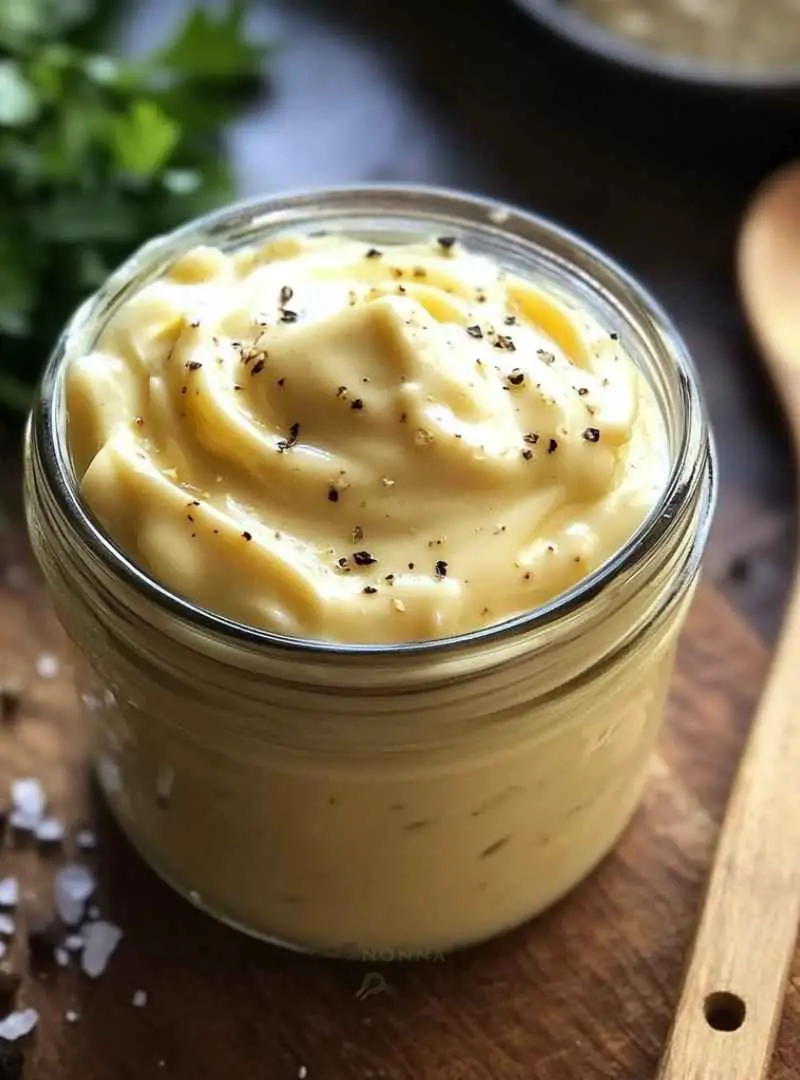
FAQs about Homemade Mayonnaise
How long does homemade mayonnaise last?
Homemade mayonnaise can last up to one week when stored properly in the refrigerator. It’s important to keep it in a clean, airtight jar to maintain its freshness. Always check for any off smells or changes in texture before using it. If it looks or smells strange, it’s best to discard it. Enjoy your homemade mayonnaise within this time frame for the best flavor and quality!
Can I use olive oil for homemade mayonnaise?
Yes, you can use olive oil to make homemade mayonnaise! However, keep in mind that olive oil has a stronger flavor compared to neutral oils like canola or vegetable oil. If you enjoy the taste of olive oil, it can add a delightful richness to your mayonnaise. For a milder flavor, consider using a blend of olive oil and a neutral oil. This way, you can enjoy the health benefits of olive oil without overwhelming the taste of your mayonnaise.
What can I do if my homemade mayonnaise doesn’t thicken?
If your homemade mayonnaise doesn’t thicken, don’t worry! There are a few tricks you can try. First, ensure that you are using room temperature ingredients, as cold ingredients can hinder emulsification. If it’s still runny, you can add another egg yolk to the mixture. Blend it in and slowly drizzle in more oil while blending until it thickens. Alternatively, you can start over with a new batch, using the runny mayonnaise as a base. Just blend it with a fresh egg and more oil to achieve the desired consistency.
Is homemade mayonnaise safe to eat?
Yes, homemade mayonnaise is safe to eat as long as you follow proper food safety guidelines. Use fresh, high-quality eggs and ensure they are at room temperature. Store your mayonnaise in the refrigerator immediately after making it, and consume it within one week. If you’re concerned about raw eggs, you can use pasteurized eggs or try a vegan version using aquafaba. This way, you can enjoy your homemade mayonnaise with peace of mind!
Conclusion on Homemade Mayonnaise
Recap of Benefits of Homemade Mayonnaise
In summary, homemade mayonnaise is a delightful and versatile condiment that brings a fresh taste to your meals. By making it at home, you gain control over the ingredients, ensuring a healthier option without preservatives. The creamy texture and rich flavor of homemade mayonnaise surpasses that of store-bought varieties. Plus, you can customize it with various herbs and spices to suit your palate. Whether you use it in sandwiches, salads, or as a dip, homemade mayonnaise enhances the overall dining experience.
Encouragement to Try Making Homemade Mayonnaise
Now that you know how easy it is to make homemade mayonnaise, why not give it a try? With just a few simple ingredients and a few minutes of your time, you can create a delicious condiment that will impress your family and friends. Don’t be afraid to experiment with flavors and variations. The joy of making your own mayonnaise is not just in the taste, but also in the satisfaction of creating something from scratch. So grab your ingredients, blend away, and enjoy the creamy goodness of homemade mayonnaise!

Homemade Mayonnaise
Ingredients
Equipment
Method
- Gather all ingredients and ensure the egg is at room temperature.
- In a tall, narrow container, add the egg, Dijon mustard, and vinegar or lemon juice.
- Insert the immersion blender and blend for about 10 seconds.
- Slowly drizzle in the oil while continuing to blend until the mixture thickens, about 1-2 minutes.
- Season with salt and pepper, blend briefly to mix, and transfer to a clean jar.
- Store in the refrigerator for up to one week.

